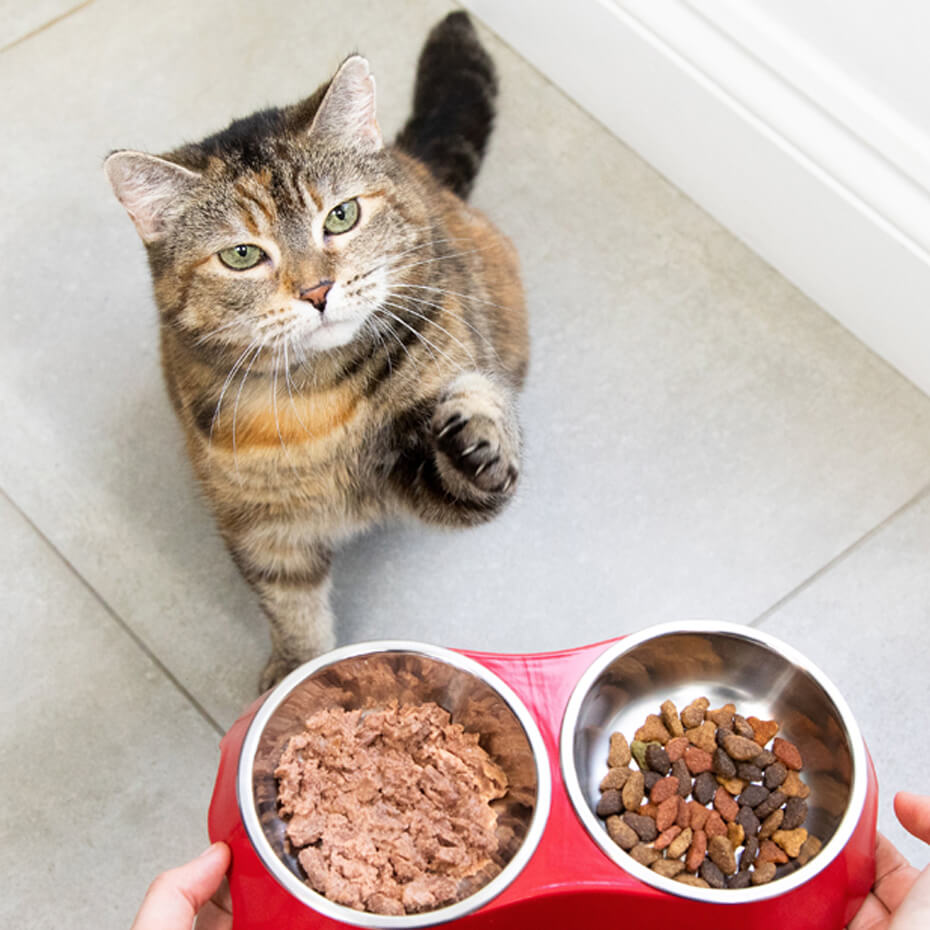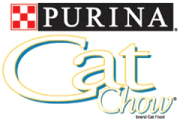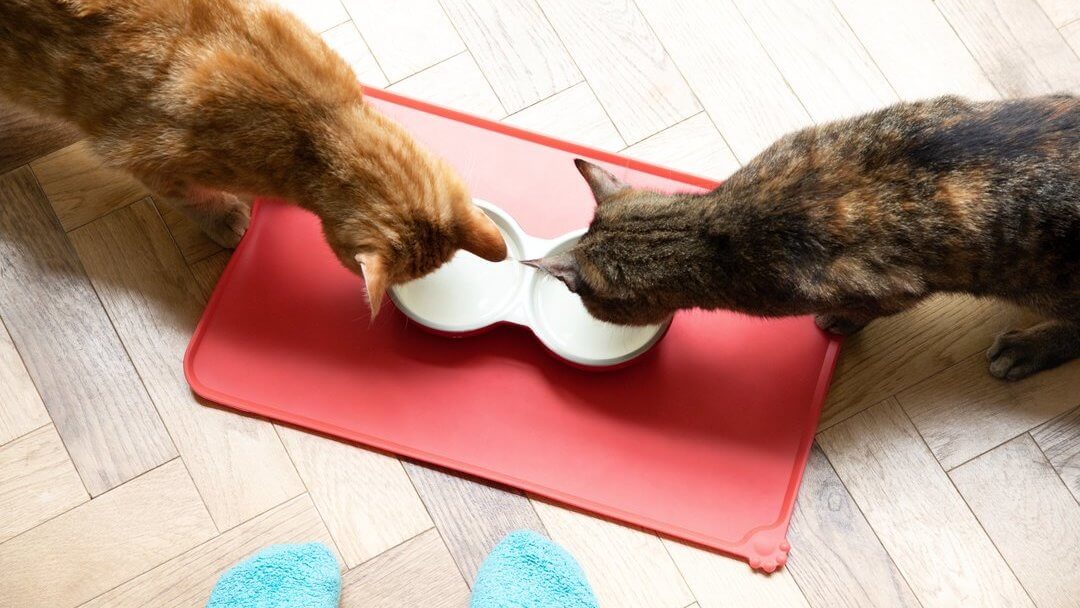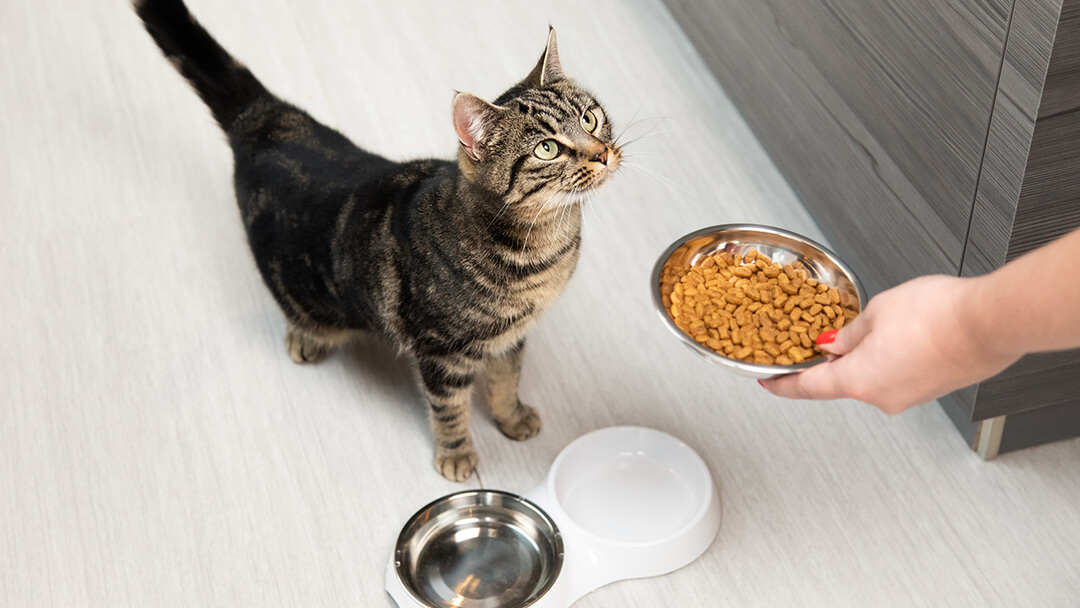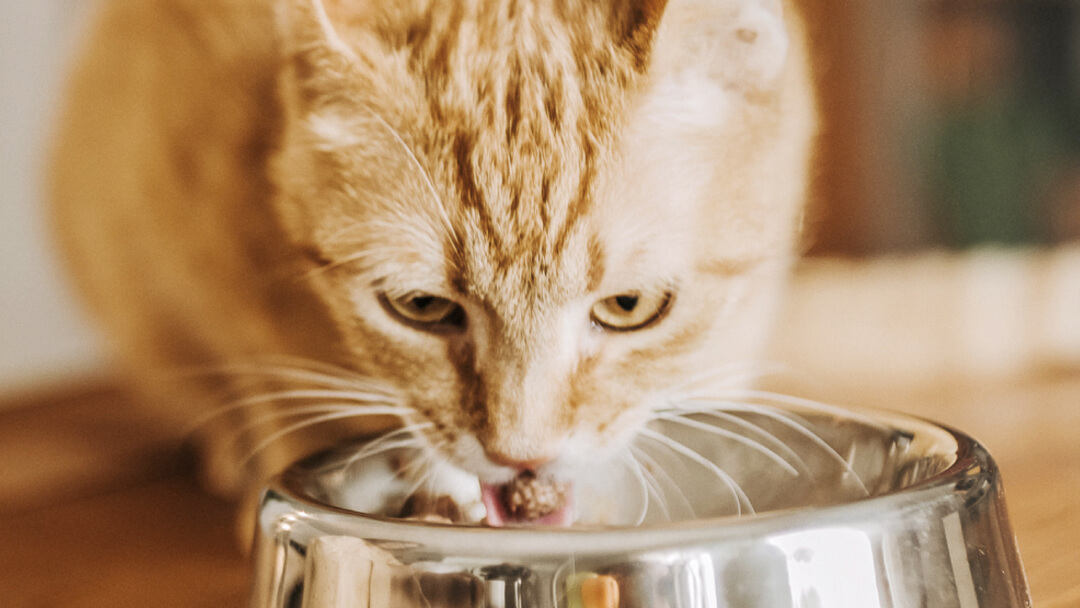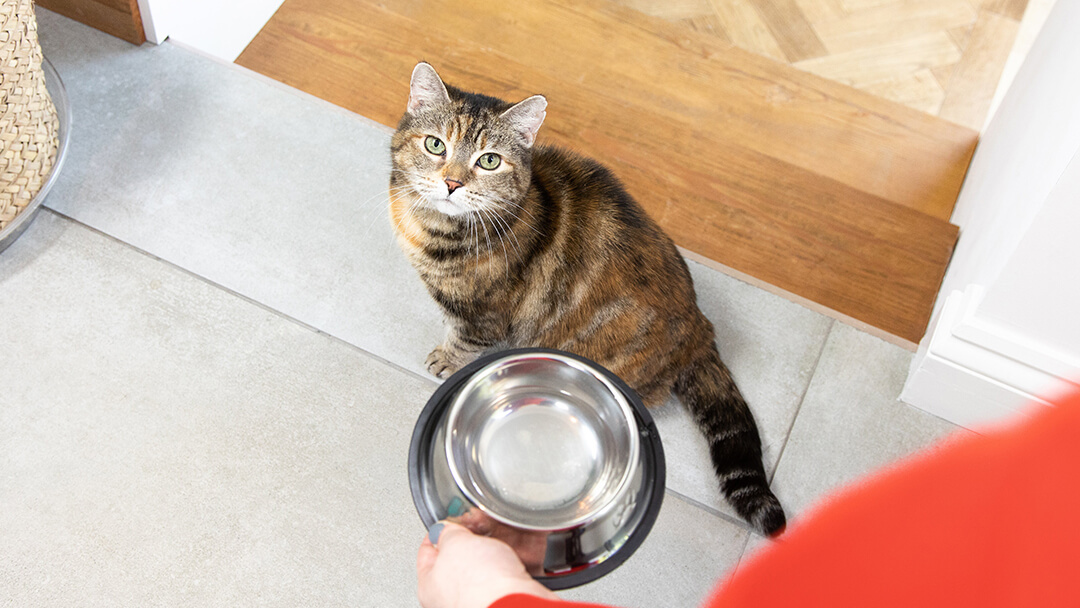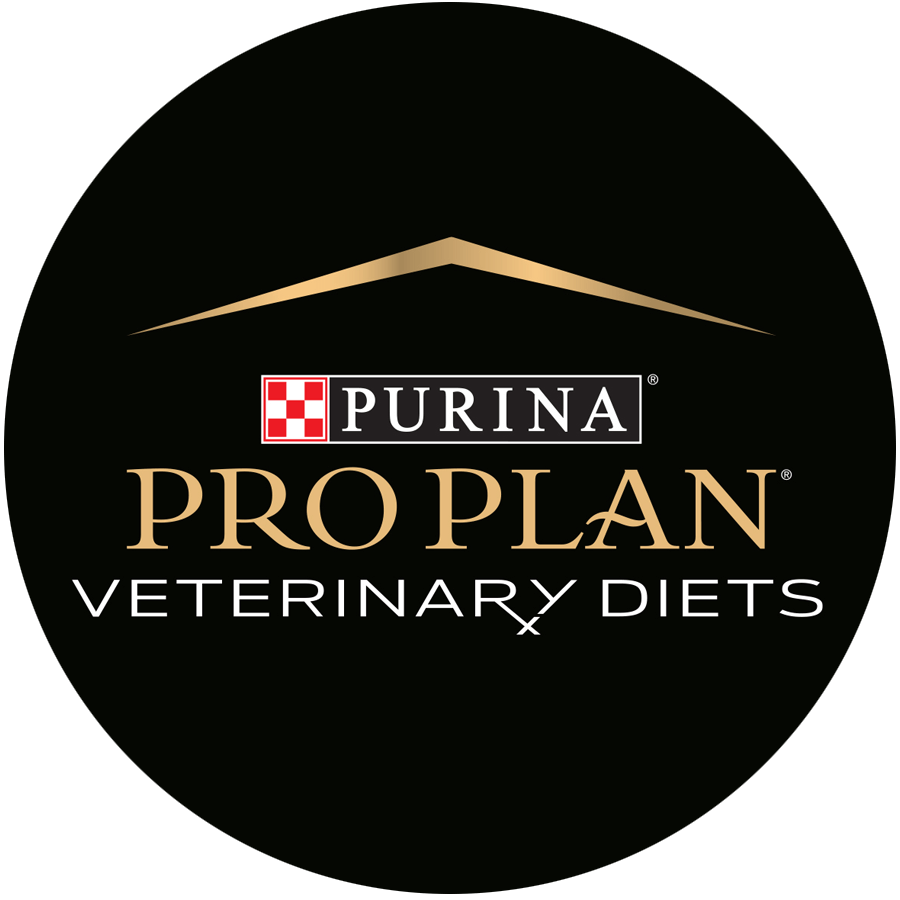
How to Feed Your Cat
Whether your cat is a finicky or overzealous eater, their instincts may shape their preferences in ways you’ve never thought of. You’ll ultimately have the best handle on your cat’s preferences for taste, smell and texture, but here are a few other factors to consider in making feeding time more effective and enjoyable.
Bowl vs. Plate
Your cat’s whiskers help them navigate their surroundings, determine if they can fit through openings, and communicate their mood. Here are tips for choosing a dish that works with their whiskers, not against them.
Tip 1: Use a shallow bowl that your cat can grab food from without impeding their whiskers.
Tip 2: Choose a dish large enough to hold a day’s worth of food, with a lip just tall enough to keep the food contained while letting them easily observe the room.
Tip 3: If you constantly find yourself cleaning up after your cat, consider a wide plate large enough to catch stray kibble or canned food.
Proper Placement
In the wild, cats like to have a clear view of their surroundings in order to detect the approach of rivals or predators. This means that where you place your cat’s dish plays an important role in their level of comfort at feeding time.
Tip 1: Placing a cat’s dish in the corner of a room may put them both on edge and on guard because they can’t see what’s around them. This is especially true in homes with multiple cats or a dog.
Tip 2: To lessen the tension, try positioning their dish in the open to maximize their sight lines.
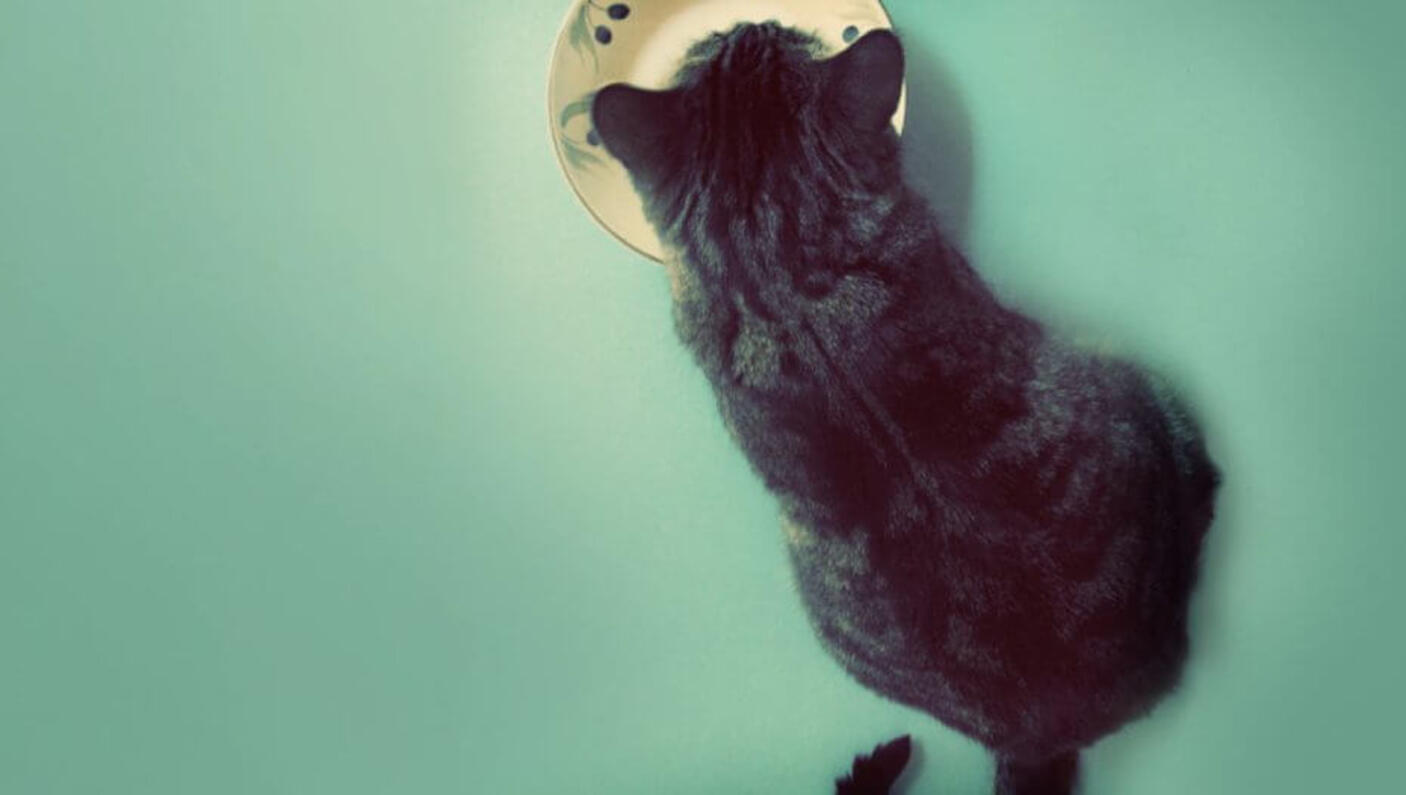
Feeding Toys
If your cat is overweight or has a tendency to gulp their food in a single sitting, consider using a puzzle feeder or a food distributor ball. They are also great for engaging the natural curiosity of active cats.
Tip 1: Find these at your pet store, or search online for simple ways to make your own.
Tip 2: Both puzzle feeders and food distributor balls stimulate your cat’s desire to hunt and work for food.
Tip 3: By rewarding their efforts with a bite or two of kibble, they prevent them from rapidly polishing off their daily allotment of food. Remember to check your feeders after use to make sure your cat is actually eating the recommended daily amount of food.
The Physiology of Side-Chewing
When a cat is chewing it's food, especially larger pieces of food, with their back teeth, they will often turn her head in a contorted way. Some people interpret this as the cat having difficulty chewing and fear the cat may choke.
Tip 1: Don’t discourage side-chewing. In reality, it’s just the cat using the best teeth for the job.
Tip 2: This technique lets them use their entire mouth to chew, while allowing them to enjoy different textures and helping to clean their molars.
Portions
Pet Obesity is a common phenomenon. To help keep your cat at their ideal body condition it is important to base feeding amounts on the feeding guidelines on the packaging. Use this as a starting point to determine how much food to feed your cat each day. As these are guidelines, you can then alter the amount of food according to your cat’s individual needs to help maintain your cat’s ideal body condition.
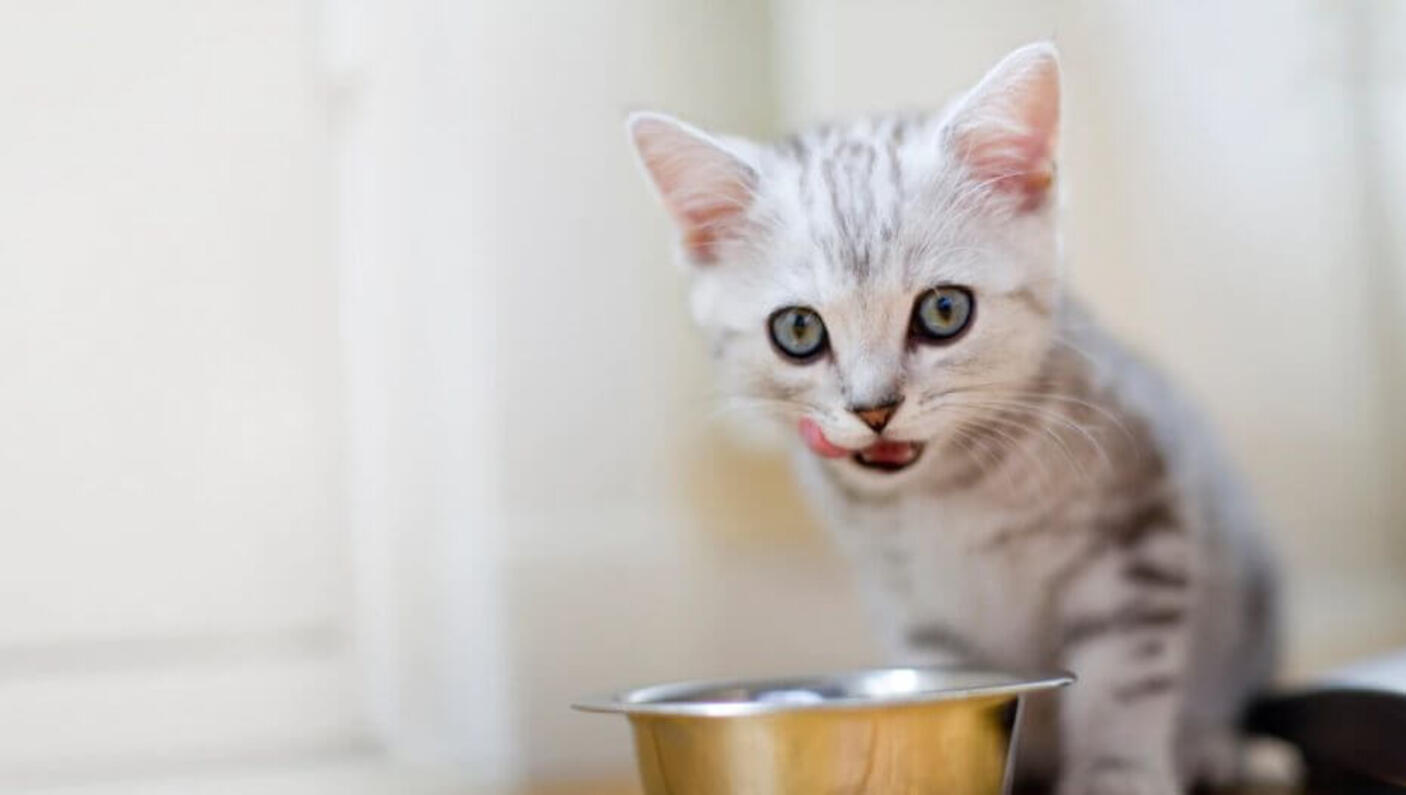
Does My Cat Need Supplements?
If your cat is eating a nutritionally complete and balanced diet, excess supplements are not necessary. However, some supplements may provide a benefit to cats with certain health issues. You should check with your veterinarian before providing supplements to your cat.
Treats
We provide all kinds of treats to help you train your cat, bond with them further and reward them with pleasant surprises. Just remember that the caloric intake from treats should not exceed 10% of a cat’s total daily caloric requirement. If you give your cat treats, you should reduce the amount of food you give them accordingly.

